
According to the Environment Agency, around 6.3 million homes in England are at risk of flooding from rivers, the sea or surface water, and so it's never been more important to make sure your home and garden are as protected as they can be.
You might already know how to floodproof your garden, but improving your home's flood resistance and resilience is key to protecting your property and minimising potential water damage. And remember, the risk of flooding isn't limited to those who may live inside a flood zone. It can occur anywhere.
Damian Wallis, Flood expert at Stormdry and Certified Surveyor in Structural Waterproofing, says: 'The UK continues to face warnings of potential flooding across the country as temperatures continue to fall. Heavy rain and tidal and river surges are often the culprits, but flooding can also occur through lingering surface water when rainwater can’t drain through normal drainage systems, as well as from reservoirs and groundwater.'
Even if you have insurance for a house in a flood risk area, or are worried that the next big storm might cause some damage, prevention is always better than a cure. There are, of course, temporary solutions you can use to protect your home from the imminent risk of floodwater, but there are also multiple measures you can implement as part of a renovation for a longer-term solution.
We've spoken to a range of building and flood prevention experts to find out more.
1. Keep on top of general maintenance

If you are planning some renovation on a specific area of a property, make sure you keep a look out for general maintenance that may be needed elsewhere too. Mike Storey, property and insulation expert at UK Flat Roofing, says: 'Check your roof for any loose, cracked, or missing tiles, particularly ridge tiles, both before and after strong winds. Fixing these issues can help prevent water from damaging the roof timbers. Additionally, inspect areas around chimneys and other exposed parts of the roof to ensure they are properly sealed and protected against water ingress. If you have solar panels, check they are secure and free from damage caused by debris.'
He adds: 'Regularly clear your gutters and downpipes of debris such as leaves and twigs to prevent blockages that could lead to water overflowing. Overflowing gutters can result in water damage to roof timbers, fascias, and even interior walls. Routine maintenance is much more cost-effective than repairing water-damaged areas later.'
Tasks like repointing brickwork can also be helpful in reducing the speed of water ingress in the event of a flood.
2. Check pipes, especially in winter

'Frozen pipes can pose significant danger to your home over winter. When water freezes inside your pipes, it expands and could cause pipes to burst, ' says Rhoddy MacKinnon, Group Construction Director at Barratt David Wilson Homes. 'The most effective way to prevent your pipes from freezing is to insulate your pipes and water tanks. This is especially important if you have outdoor pipes or pipes running through cold areas of your home, such as a loft, basement, or garage.
'Insulating your pipes doesn’t have to be expensive and can be done as a DIY job. You can buy foam pipe insulation rather cheaply, though better quality insulators will set you back more. Most pipe insulation comes as a foam tube which you can push onto your pipes. For more awkward bends, you can also use insulating wraps to cover that section of pipe.'
3. Waterproof your home's exterior
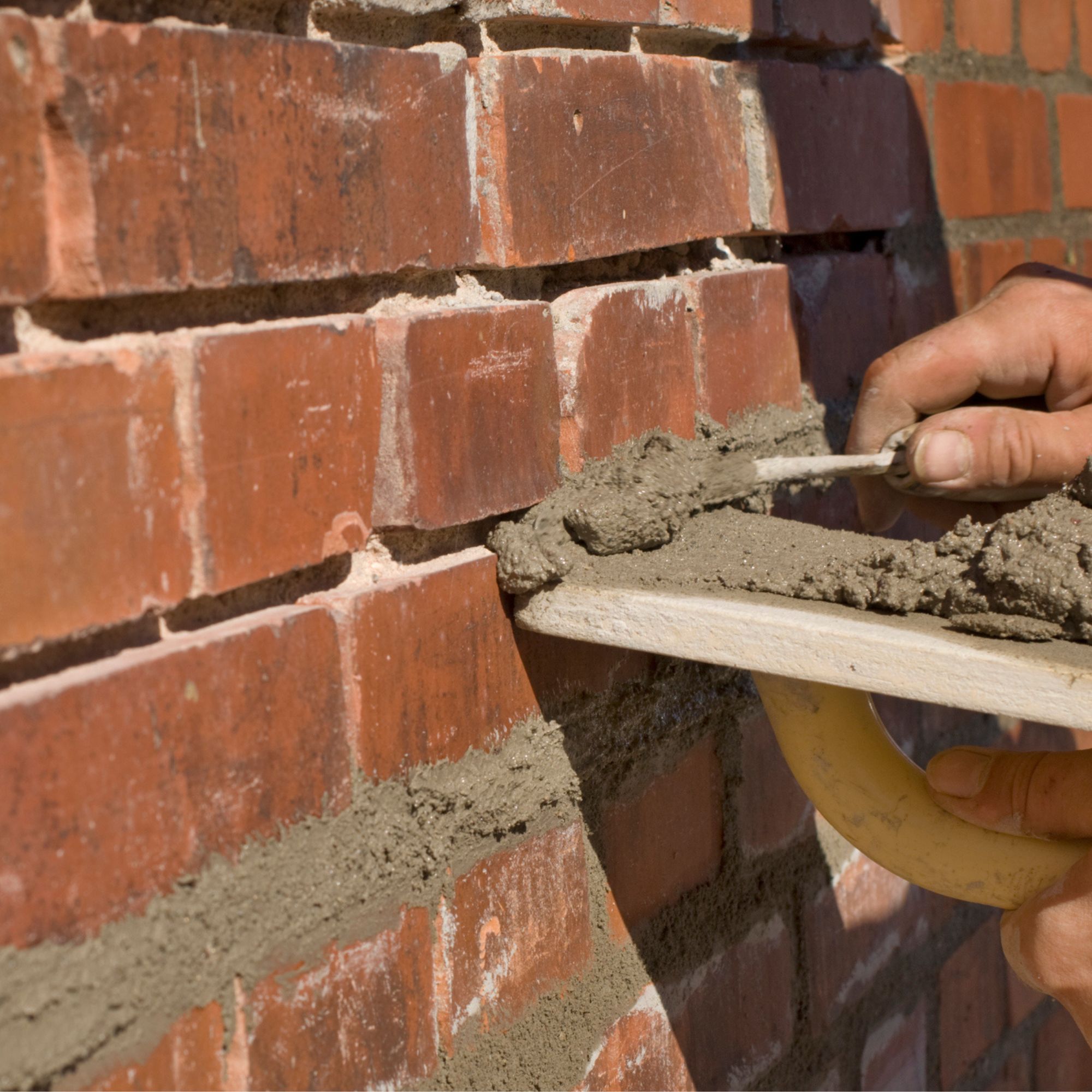
Check your home's exterior walls for any cracks or damage that could make it easier for floodwater to enter, and it might be worth roping in an expert to help identify the best solutions for your specific property. Damian explains: 'There are several things you can do to provide resistance to flood waters entering your home. These include fixing cracks in external walls, waterproofing brickwork with water-repellent cream, using foam to seal entry points around pipes and cables, replacing sealant around door frames and windows, and even installing flood doors.'
For walls, try something like Thompsons Water Seal (5L, Amazon, £21). In its Household Guide to Property Flood Resilience, BeFloodReady recommends Soudal Fix ALL High Tack Hybrid Sealant & Adhesive for sealing windows and doors, and you can buy it from the likes of Wickes and Amazon.
But it's always a good idea to seek professional guidance on the best option for your specific home and circumstance, as Damian suggests: 'The measures you take to improve your home’s flood resistance and resilience will depend on the type of building and levels of floodwater, so always make sure to speak to a professional for advice.'
4. Add permanent flood defences

If you are at a higher risk of flooding, then you might want to consider installing permanent flood barriers, which may be costly, but will be key to keeping water out of your home.
Gary Jarman, building expect at Building Shop, says: 'Prevention is always the best solution when it comes to minimising damage, so the more you can do to prepare, the better.
'Air bricks have ventilation holes that would let water in if there was a flood. To prevent this from happening, opt for automatic covers that will only provide coverage when flood waters trigger them. Automatic barriers can also be permanently added to doorways.'
5. Look at your garden
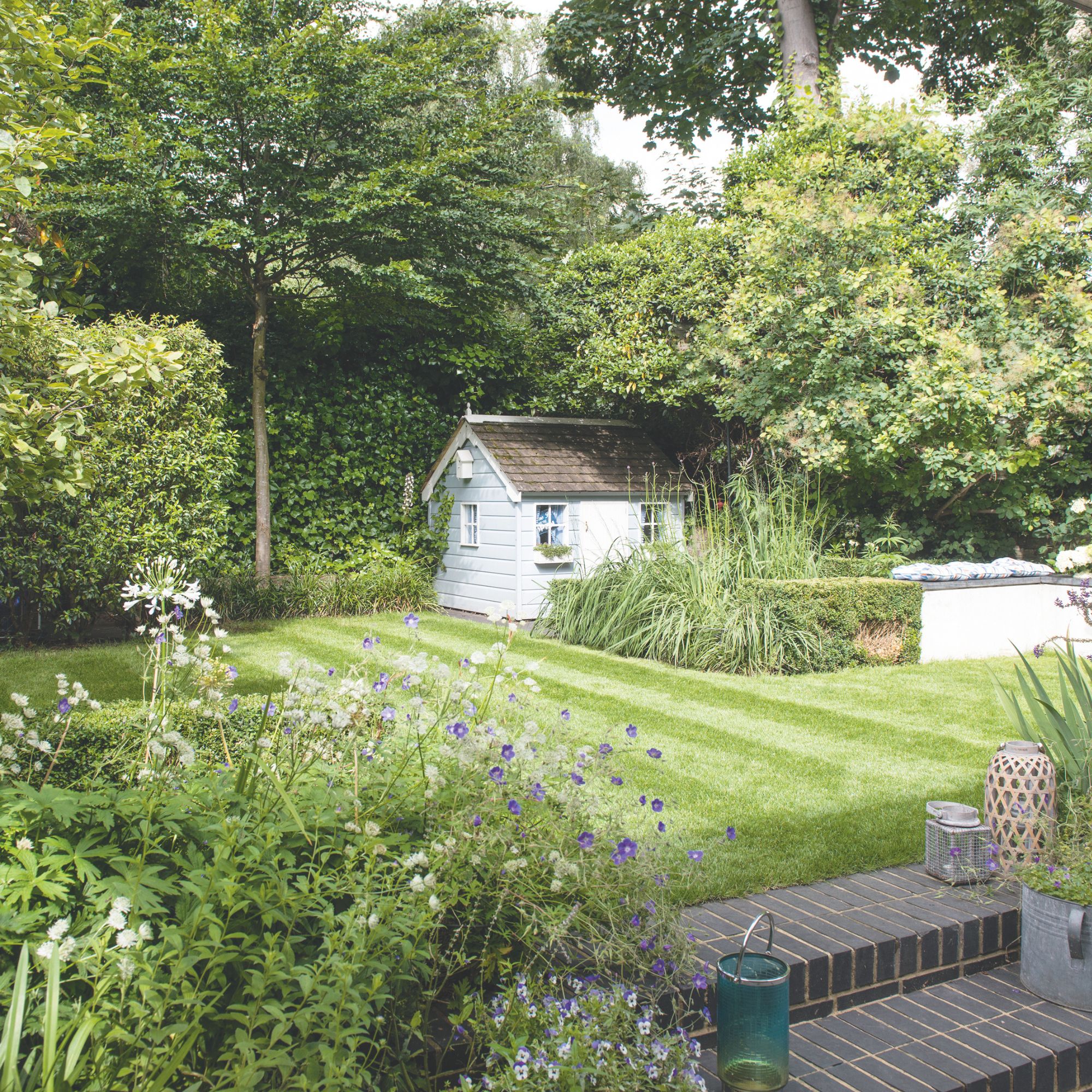
When looking at adding flood resistance and resilience measures during a renovation project, don't forget to look to the outdoor space on your property.
Gary says: 'Remove hard landscaping so that excessive water can be absorbed more by the ground. Permeable paving is suitable as well as adding grass, despite grass potentially causing waterlogging.'
If you want to know how to improve drainage in your garden, it's worth looking into solutions, like a soakaway, to see if that might be the right option for you.
6. Check your insulation

Renovating with flood resilience in mind might also be cause to look at your current cavity wall insulation. If it becomes wet during flooding, mineral wool insulation can remain wet for months afterwards, which could lead to longer term issues, and make it harder to dry the walls out. According to the Insulation Manufacturers Association, blow-in insulation can also slump after excessive water intake, which will impact its effectiveness.
Instead, it suggests homeowners opt for closed cell insulation in cavity walls in flood risk areas, as it has lower water absorbency rates and will maintain its integrity.
7. Choose flooring carefully
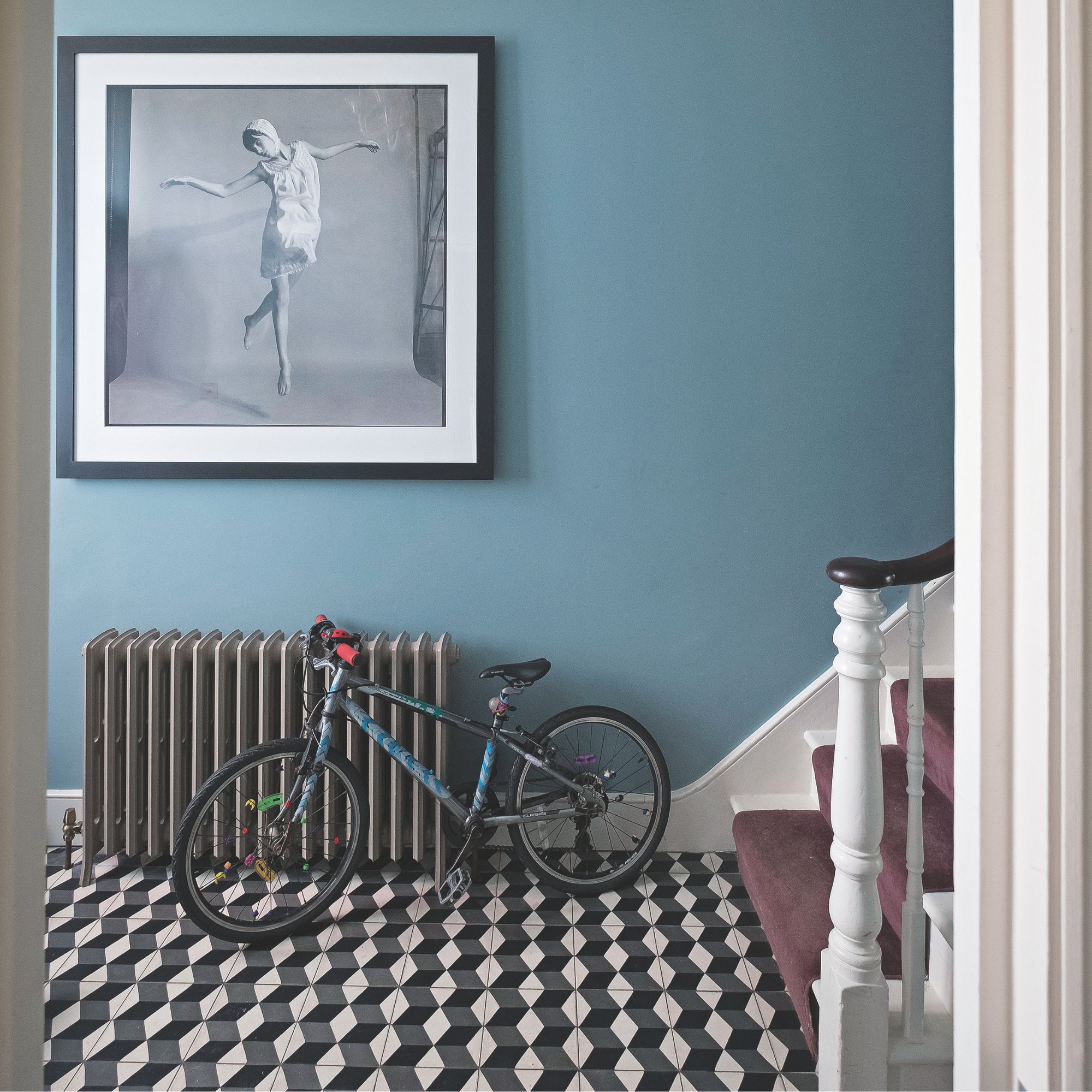
If you are updating the flooring in your home as part of a renovation project, you'll need to pay careful attention to the type of flooring you choose if you are worried about floodwater.
Flood product expert Marcus Rockcliffe, from Kingfisher Direct, says: 'Particularly on ground floors it’s best to use flooring made from vinyl, ceramic tiles or concrete — these materials are resistant to water damage and easier to clean after a flood. I recommend avoiding using carpets in areas at risk of flooding as they can be easily water damaged and expensive to replace.'
Phil Spencer, property expert and founder of the property advice website Move iQ, adds: 'The most effective, albeit potentially most costly, is to install concrete flooring throughout the ground floor. Floodwater is dirty and smelly, and can damage conventional wooden floorboards and joists irreparably. By contrast a concrete floor can withstand being underwater for days - you just need to scrub it down when the waters subside.'
8. Choose damp-resistant internal materials
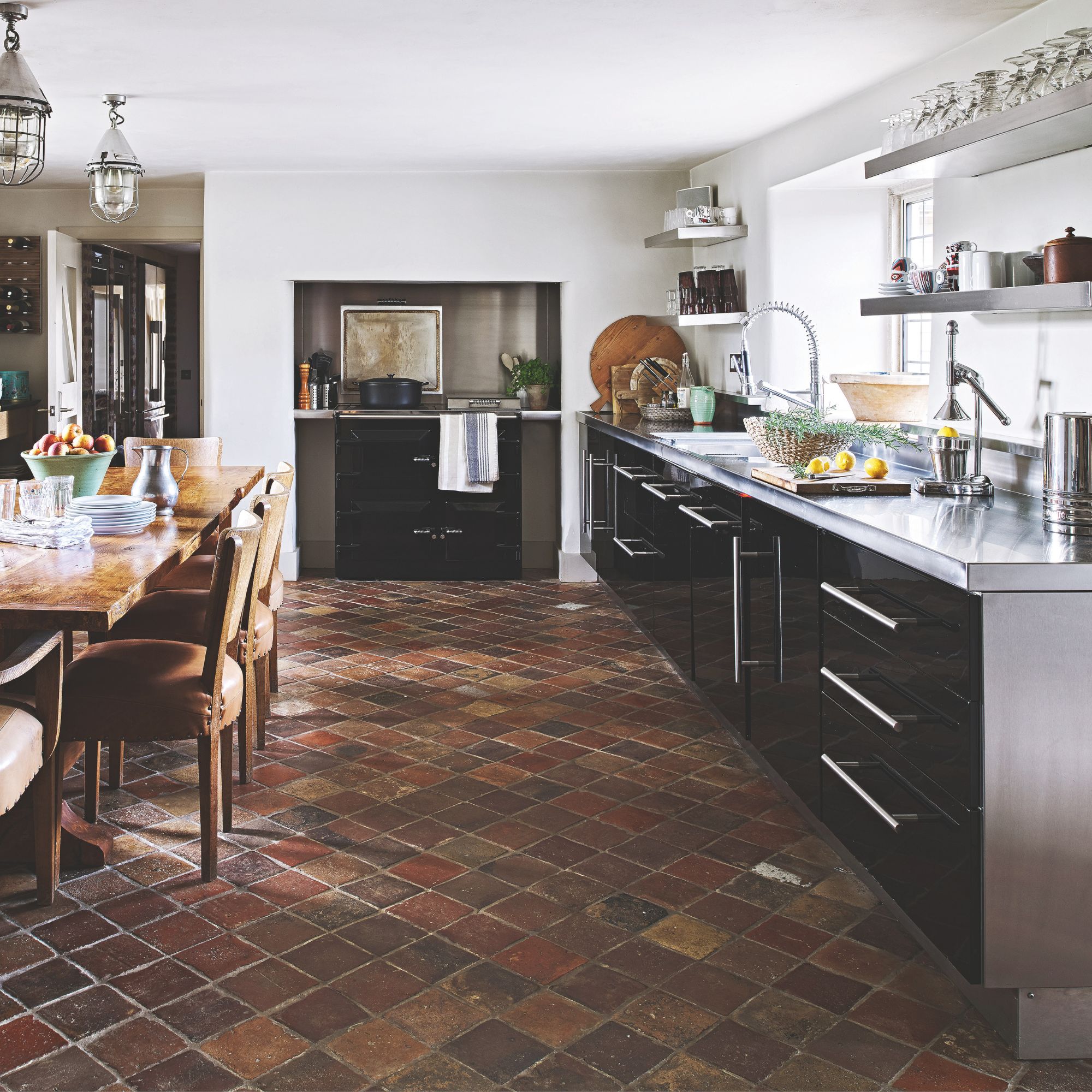
You can also make sure to use water or damp-resistant materials when it comes to any interior changes you make if you want to really boost your home's flood resilience. Opting for damp-resistant plaster or laying damp-resistant plasterboard horizontally can help protect your walls. Think about your skirting boards too. Jess Thomas, director of Drainage Central, says: 'Even though plastic skirting boards may not be as visually appealing as wooden ones, they are less absorbent and can usually be wiped clean of water after a flood.'
Think too about the materials you choose for your kitchen. Metal and marine plywood are both good choices if you are worried your kitchen might be at risk of flooding.
9. Raise plug sockets
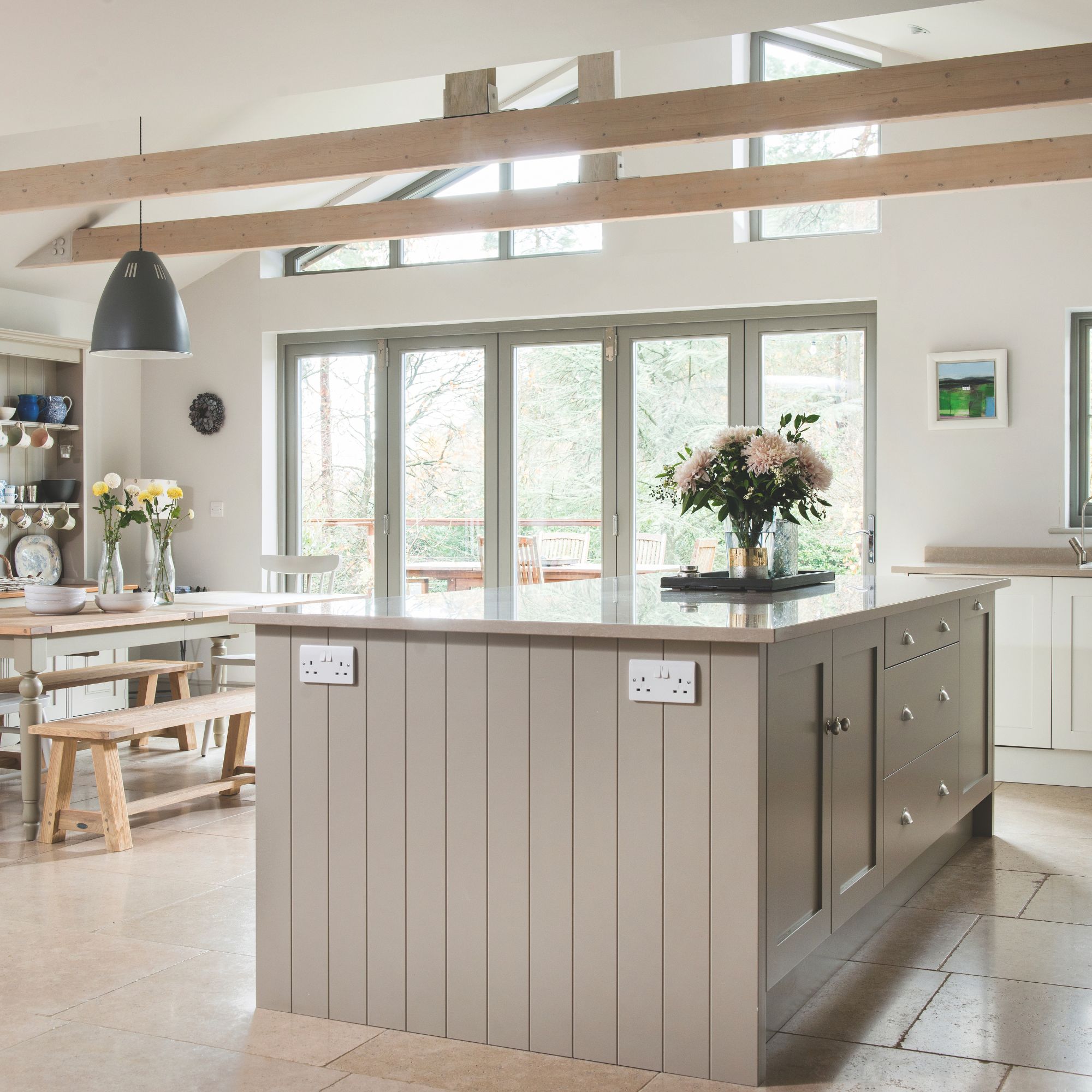
We all know that water and electricity don't mix, so consider moving any plug sockets on your ground floor further up the wall to keep them away from any potential floodwater.
Marcus says: 'It's a good idea to raise all plug sockets higher off the ground, this ensures that if a flood does occur, it will decrease the risk of electric shocks and short circuits. Electrical plugs can easily become water damaged so elevating them off the ground will prevent this.'
Jess suggests a height of at least 1.5m. You will need a qualified electrician to do this.
10. Install non-return valves in sewer pipes

'It is also a good idea to fit non-return valves on the pipes and drains in your home, as this will prevent sewage from flowing back through pipes connected to sinks and toilets,' says Jess.
Not only will this protect your home, it will protect your health (and your nostrils) too.
11. Plan in suitable storage
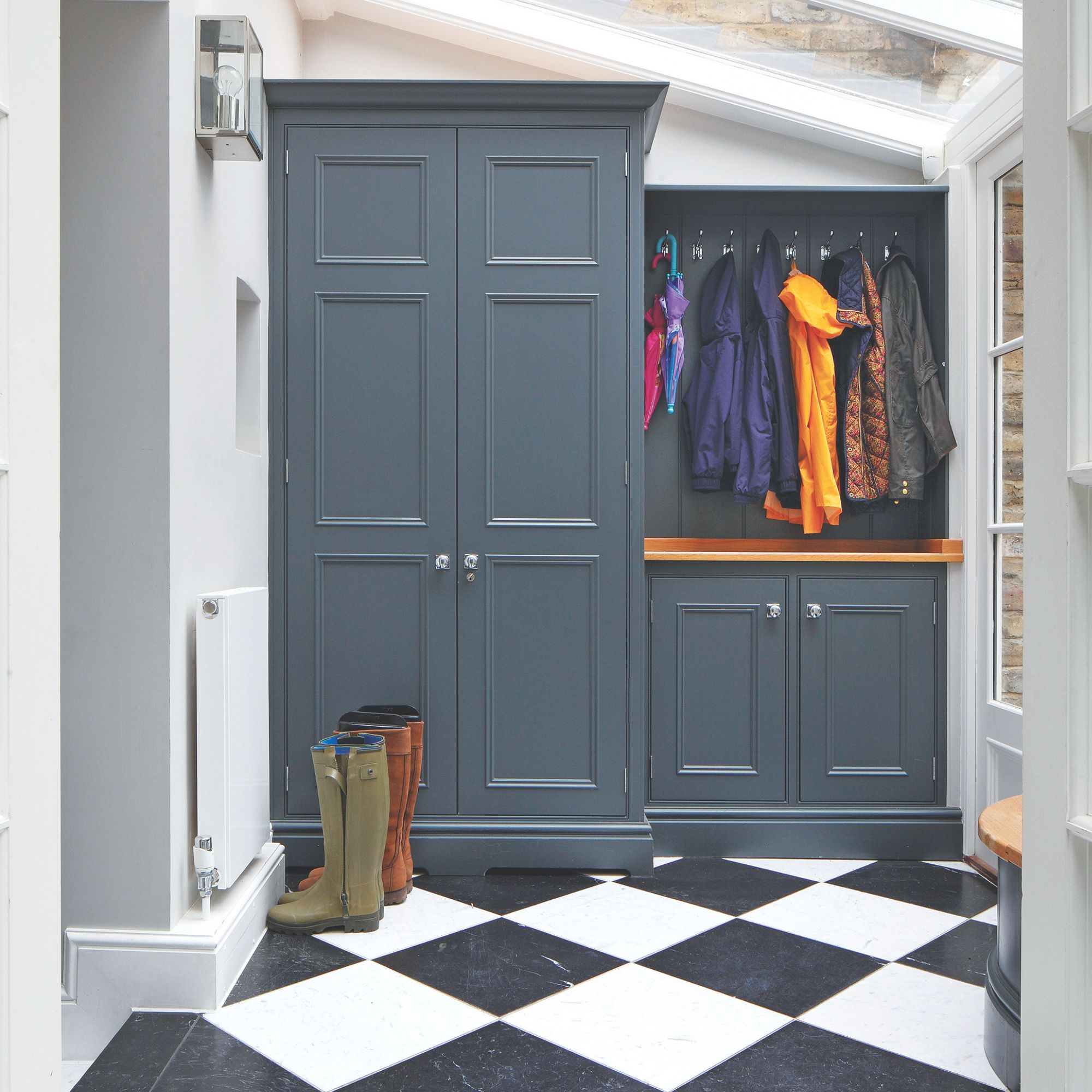
If adding more storage is part of your renovation plan, then there are couple of factors worth considering from a flood resistance point of view.
Include easy access storage for things like sandbags and a ready-to-go flood kit, especially if you living in a flood zone. Marcus adds: 'If you’re planning on installing built-in storage it may also be worthwhile raising this further off the ground, this will prevent the need to empty all of your cupboards in the event of a flood and offer protection for your items.'
12. Consider raising the foundations
If your home is at a high risk of flooding, then more significant work to your property's foundations could be a viable solution. Marcus explains: 'If your property is located in a flood prone area then you may consider raising the foundations of your property so that the ground floor is elevated further off the ground. If a flood does take place this will reduce the risk of the water reaching the ground floor or in the event of severe flooding it can buy you more time to elevate furniture and valuable items.
'However, this can be an expensive process so if your property isn’t at high risk of flooding it may not be worthwhile.'
FAQs
What is flood resilience and resistance?
When researching or speaking to specialists about floodproofing your home, you might come across the terms flood resistance and flood resilience. Floodproofing measures usually fall into one of these two categories.
Flood resistance is all about preventing water coming in to your home in the first place, which can include things like sandbags or flood barriers.
Flood resilience is all about reducing the damage done by floodwaters, and therefore speeding up the recovery process and helping you get back into your home as soon as possible after a flood.
What can you do if the flood risk is imminent?
The measures that we've mentioned earlier in this article are longer term solutions that would be implemented as part of a renovation project, which understandably there isn't time for if the risk if flooding is more immediate than that.
Even if you don't install any of the above solutions, there are other things you can do to help you be prepared to protect yourself and your home from floodwater if necessary.
- Prepare a flood kit, including important documents, contact information, change of clothes, waterproofs, torch (including spare batteries), drinking water, non-perishable snacks, any medicine, food or care items needed for your, your family or your pets, your mobile phone and charger
- Move valuables as high up as possible
- Have flood protection measures, like sandbags, flood doors and boards, at the ready
- Turn off your gas, electricity and water
- Put plugs in sinks and bathtubs and weigh them down to prevent sewerage coming up into your house through the pipes
- Keep important documents safe (store them upstairs if you can, or wrap them in bags to try and prevent them getting wet)
- Make a note of important telephone numbers (like friends, family, your bank, insurance providers) on your phone
- Note any home or car insurance policy numbers too
- Raise appliances if you can (it may help to keep some bricks handy, so you can prop white goods up on those if you can)
- Follow the advice your receive from the government or emergency services
'While news coverage of floods often shows people piling up sandbags in an effort to keep floodwaters at bay, sandbags are reportedly not the most effective way to prevent flooding. This is because they can seep water, are heavy to move, and are difficult to store,' says Phil Spencer.
'There are a number of purpose-made flood protection products which work better. These include flood doors and boards – removable plastic or wooden doors that can be installed on garden gates and front doors when a flood is expected.
'It’s also worth investing in a toilet seal, sometimes known as an overflow kit, for all downstairs loos. During a flood, the sewage system can become inundated, and as water levels rise raw sewage can rise up through your ground-floor toilets. A toilet seal can help prevent this, but it needs to be installed as a flood happens.
'Airbrick covers are inexpensive but worth their weight in gold. Airbricks are the honeycombed bricks you see at ground level around a house. In normal times they’re important for ventilation, but they should be blocked up whenever there’s a flood warning in place.'
By making your home more flood resistant and resilient, you can limit the damage caused by floodwater, and hopefully get your home back in habitable order as soon as possible.







